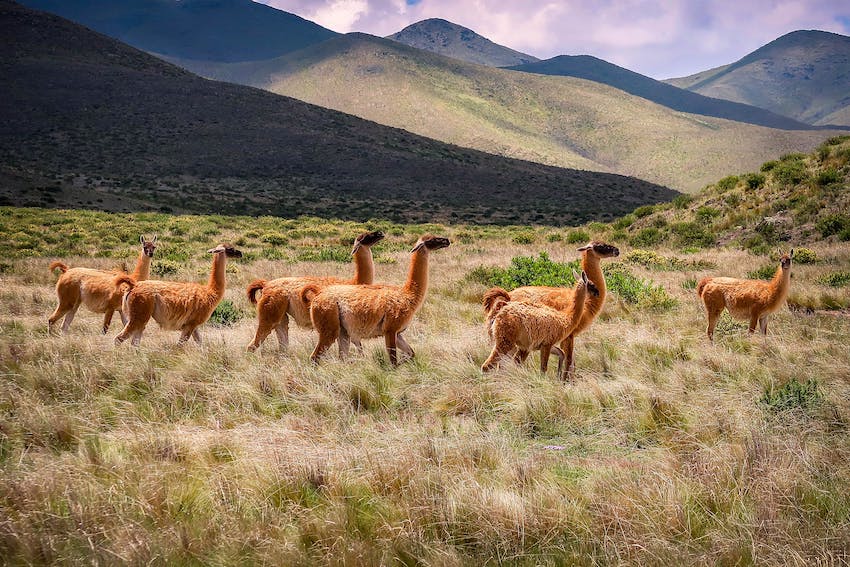The history of natural fibers is as old as humanity itself, dating back to 24,000 B.C. These fibers, used by our ancestors to clothe themselves and decorate their homes, come from three main sources: plant, animal and mineral. Today, although chemical materials have taken over, natural fibers are enjoying a resurgence of interest for their comfort, durability and reduced ecological impact.
Plant fibers: versatility and durability
These fibers, mainly composed of cellulose, offer remarkable diversity. For example, cotton and kapok come from fruit, while flax and hemp are extracted from plant stems. There are also lesser-known but equally interesting fibers, such as coconut, pineapple leaf and jute husk.
Plant fibers include cotton and kapok (fruit); flax, hemp, nettle, ramie and lotus (stem); coconut; pineapple; sisal, raffia, aloe vera (leaf), jute, baobab (bark).
Animal fibers: softness and warmth
Mainly composed of keratin, animal fibers are categorized into continuous (filament) and discontinuous fibers. The majority of wools, staple animal fibers, come from various species of animals, including sheep, goats, cattle (yaks), and camelids (camel, llama, alpaca). Their use varies according to their unique characteristics, such as mohair, cashmere or angora.
Animal staple fibers include sheep wool (sheep); mohair, cashmere and angora (goats); yak wool (cattle); camel wool, llama and alpaca (camelids).
When it comes to continuous fibers, silk is the undisputed star. Produced by certain butterflies, mainly the Bombyx mulberry, this fiber has long been synonymous with luxury and refinement.
At a time when sustainability and ethics are becoming increasingly important criteria for consumers, natural plant and animal fibers are positioning themselves as preferred alternatives to synthetic materials. Their comfort, reduced impact on the environment and advances in eco-responsible agricultural models ensure that they will play a key role in the future of fashion and textiles.
Photo : Pexels @hectorperez




